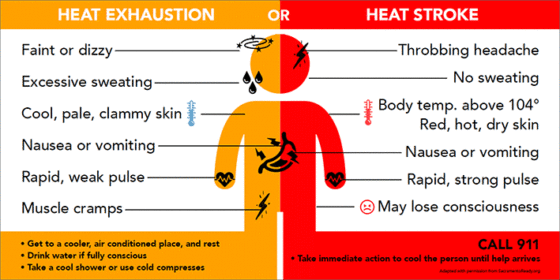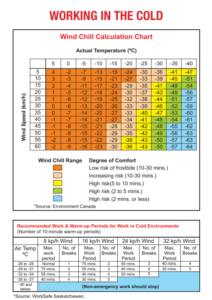Hazardous materials are chemicals that are harmful to humans and the environment. Accidents with hazardous materials may require us to take action to protect ourselves.
People may be exposed to a hazardous material when there is a fire or an accidental spill. A powder may be blown by the wind or carried through the community on vehicle tires. Smoke and heat from a fire can carry hazardous materials. A spill on the ground can evaporate and become airborne. A chemical, such as ammonia or chlorine, may also be released as a gas and mix with the air.
The hazardous material may be seen as a cloud or it may not be seen at all. Sometimes we may be able to smell or taste a hazardous material to warn us of its presence. However, this is not always the case and it is not the same for everybody. The effect that a hazardous material may have on our bodies depends on its nature, concentration, and the length of time we are exposed to it.
An important thing to remember is that you do not want to get any of the hazardous material on you. If it is in the air or on your skin it may enter your body and cause you harm. Take action to protect yourself. Do not visit the accident site. If citizens are required to take action, you will be given instructions about what to do via Emergency Response Vehicles using sirens and loud-halers or by personal contact. Follow these instructions. Listen to the radio for updated information.
Review the shelter-in-place and evacuation information in this guide.
What To Do During A Hazardous Material Release
- Do not go see what is happening!
- Follow instructions provided by emergency response personnel!
- Be prepared to shelter-in-place or evacuate!






